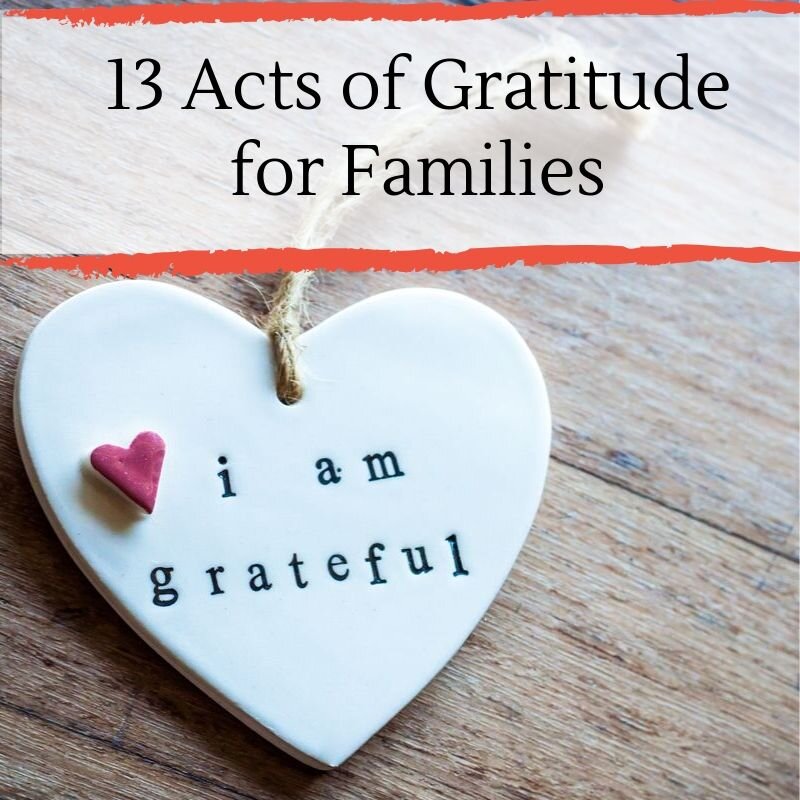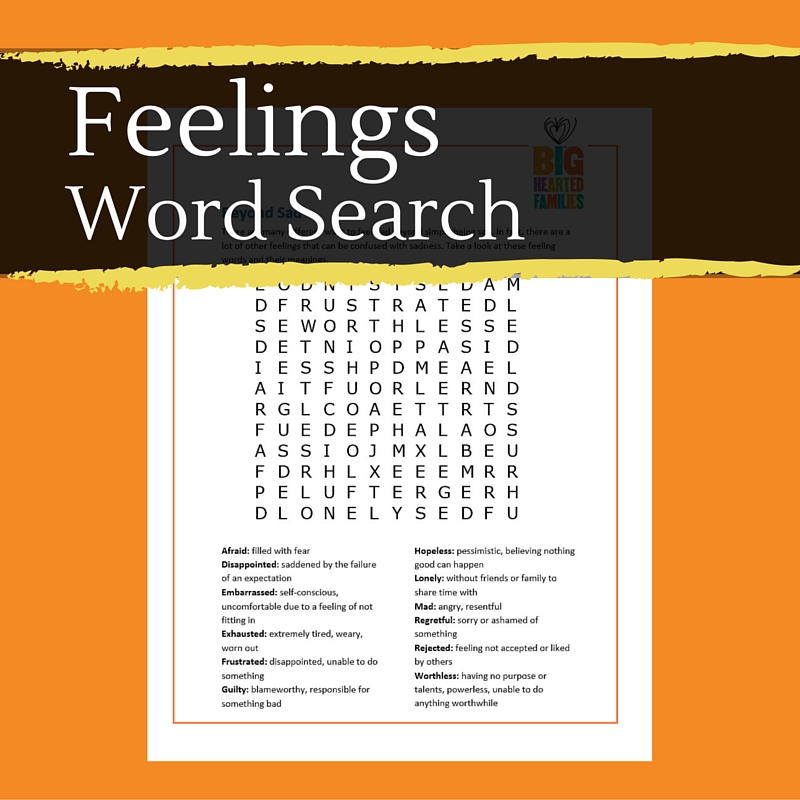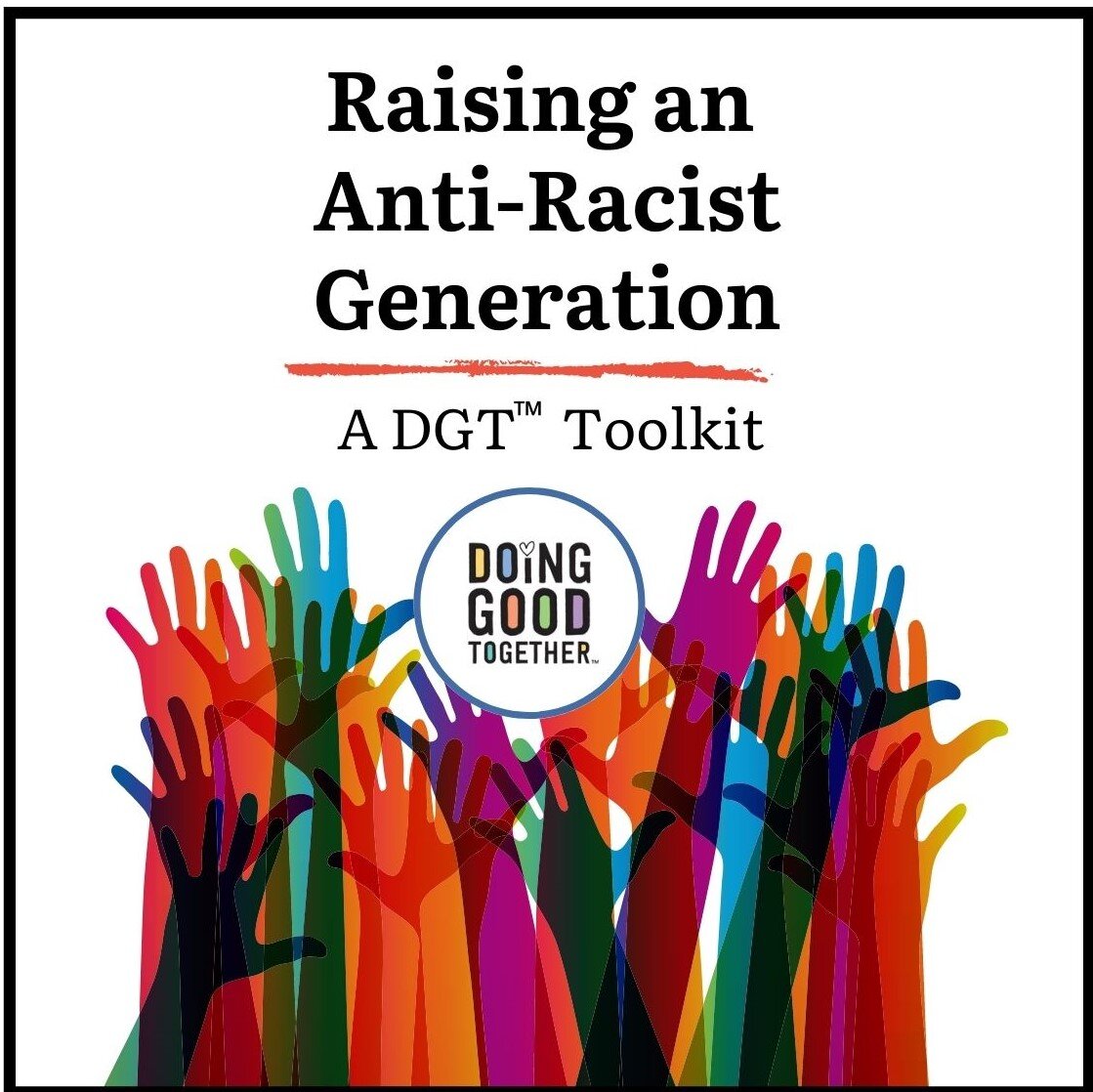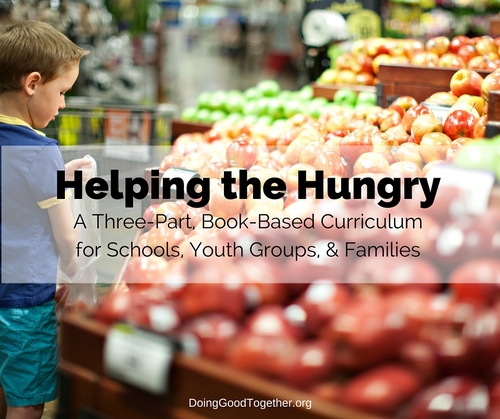8 Big-Hearted Remedies to Care for Your Family’s Emotional Colds
Every parent stockpiles a few basic cold remedies, but are we as prepared for the emotional colds that sneak up on us all from time to time?
Just like the rest of our body, our mental health occasionally struggles with a bout of the grumps or bit of the blues. Nothing long-term or alarming, but as unpleasant as a nagging sore throat.
And as parents, we’ve certainly watched our children experience these little upsets.
For example, when your easy-going four-year-old hits a rough patch and pitches a five-star tantrum every day for a week. Or your wonderfully independent first-grader suddenly needs middle-of-the-night snuggles on a daily basis. Your tween may step up her eye rolling into full-fledged door slamming, or burst into tears over seemingly nothing.
These emotionally low moments - featuring worry, self-doubt, fear, frustration, anger, and sadness - are a developmentally normal response to the rough patches of childhood and the stresses our children experience throughout their growing up years. It’s our job to help them learn to understand, cope with, and overcome their emotional upheaval.
Raising a compassionate kid relies on a great deal of emotional awareness. That’s why Doing Good Together offers such extensive games and resources to help families and educators explore the complicated world of feelings.
We’re offering the strategies below to help you start a stockpile of strategies for your next run-in with the emotional sniffles.
So, what does it mean to have an emotional cold?
When we’re experiencing tip-top emotional well-being, we’re good at recognizing and understanding our emotional reactions. We have a knack for adapting our mood and moderating our reactions throughout the day. In other words, we have the grit to stay positive and motivated in spite of emotional fluctuations.
In these moments, we’re better at recognizing and responding to the feelings and needs of others.
“That’s right, we’re kinder, more compassionate people when we’re masters of our own emotional well-being. ”
In contrast, an emotional cold is marked by those lower, blue days when we feel less in control of the emotional ups and downs of our everyday lives. Simple upsets hit us harder. Resolving conflicts or overcoming challenges feels impossible. Our reactions are all over the place.
And good luck to our friends and family because we don’t have much energy left to recognize your needs.
What does the research say about children’s emotional health?
A few key findings make it clear that compassionately coaching our children through their emotional ups and downs will make a difference for their future well-being.
Kids tend to experience more stress and anxiety than their parents assume they do. A 2009 survey by the American Psychological Association found that 28% of teens and 14% of tweens said they "worried a lot" or "a great deal," and to an extent far greater than what their parents were aware of.
According to the experts, strong emotional health underlies our well-being in every other facet of life. The American Psychological Association, nurturing emotional resilience leads to physical health, academic and workplace success, and stronger, longer-lasting relationships.
Research demonstrates that strong parent-child connectedness creates an emotional bond that protects kids from risky behavior in adolescence. This study calls parent-child connectedness a “super protector” for all kinds of health and social troubles. Kids with a strong relationship with a caring adult who listens and talks through emotional turmoil is the single strongest predictor that a child will reach adulthood without falling into negative behaviors like drug abuse or teen pregnancy.
Try these strategies to treat your family’s next emotional cold.
1. Diagnose the Problem
Find a calm moment to talk through the root of the problem and help children think through their feelings.
Help kids ask diagnostic questions. “Is there a reason I’m feeling this way?” Sometimes the answer is yes. They’ve had a bad day, friendship troubles, or a stressful test. Look for a tangible reason first. If there is none, that’s okay; that’s normal too. But noticing that the feeling is linked to a specific issue may help your child recognize that it will pass.
Remind them of their story. Recall a previous time when your child faced something difficult. Remind them of how they coped with the challenge at the time. And talk about what happened to change things. This too will help kids recognize that things will get better.
Listen well. Resist the urge to compare their problems to a problem you’ve had in the past. Instead, take care to listen in a nonjudgmental way to whatever your child is willing to share. Often, feeling heard can be an effective remedy for the everyday blues.
2. Master Good Breathing Hygiene.
The most powerful thing anyone can do in the face of negative emotions is to step outside your spiraling thoughts. Mindful breathing is now widely understood to have vast benefits for maintaining a healthy, resilient emotional outlook. Fortunately, it’s also relatively easy to practice with children.
Try the app Stop, Breathe, & Think, full of dozens of guided meditations. Some are only 3 to 5 minutes long, perfect for helping children learn the basics of mindful breathing.
Share this short video with your kids: “Just Breathe” by Julie Bayer Salzman and Josh Salzman with Wavecrest Films.
Make it a habit! Choose one of your daily routines and add a few mindful breaths to it. For example, when you’re putting your shoes on before leaving the house in the morning, or just after you brush teeth in the evening.
3. Rx: Move It, Move It
Physical activity and time in nature are extremely effective tools for pulling yourself out of an emotional slump. If you make them part of your family's everyday routine, they can have long-term health benefits for your mind and body.
Whether you take up a daily dance party, ride bikes through your neighborhood, or simply take a walk, make movement a family priority. If nothing else, it distracts you all from the rough parts of your busy day.
4. Carry a “Feel Good Kit”
Pack a multi-sensory “Feel Good Kit” in your backpack, your car, or your purse. Then, teach your child to use it. When they are feeling especially crabby or out of sorts, ask, “Is there anything in your “Feel Good Kit” that might make you feel better?
Here are a few ideas about what to pack:
Sight: A good book, like one from our poetry collection, can offer a great distraction.
Sound: A favorite playlist on a portable music device works well.
Taste: A piece of hard candy or favorite quick snack.
Smell: A fruity Chapstick or your favorite hand lotion.
Feel: A fidget, like this homemade balloon stress ball.
5. Practice Accepting All Emotions
Make subtle observations about your own emotions, positive and negative, throughout the day. And make it a habit to notice your child’s range of emotions from time to time. For example, you might say
“I feel so frustrated when no one comes to the dinner table when I call.”
“I can tell that you were disappointed when Sam didn’t invite you over to play.”
And take care to show empathy when your child is feeling angry, frustrated or sad
6. Become a Feelings Expert
We tend to speak often and enthusiastically about the many positive (jubilant, ecstatic, joyful) emotions we’d like to feel All. The. Time. Unfortunately, negative (frustrating, lonely, unnerving) emotions lack the same level of nuanced understanding. We tend to lump them into a “mad, sad, anxious” trio. Doing Good Together has created a printable, and several game ideas, to help.
7. Volunteer Together
Both receiving and giving help are predictors of good mental health. A project from the UK Government Office for Science concluded that one of the "5 Ways to Mental Well Being" was to "give to others." Volunteering appears to reduce stress and isolation and puts problems into perspective. Other research suggests that doing kind acts may effectively treat anxiety.
Sign up for the Doing Good Together volunteer listing in your community and make family acts of service one of your regular monthly activities.
8. Know when to access more help.
Emotional colds can be uncomfortable, but they are, by definition, short lived. Teaching your child some resilient strategies to bounce back from negative emotions can help them develop the grit to deal with disappointments later in life.
However, if you notice that your child’s grumpy or blue phase is lasting too long, don’t hesitate to reach out to your pediatrician for advice. The Mayo Clinic also offers a helpful overview on the warning signs of more persistent mental health challenges that may require intervention.
***
It’s important to help children understand the broad range of emotional experiences they pass through day after day. By teaching them a few reliable strategies to cope with challenging, negative feelings, kids are more likely to give themselves and others empathy in stressful situations.
As a parent, I always find it useful to have a few specific strategies on hand, so that when I’m in the deep woods of parenting an upset child, I don’t have to scramble.
And as a parenting coach, I’m keenly aware of how lonely parents feel during these challenging moments. We all seem to assume that other people’s kids don’t go through bouts of frayed nerves, mounting anxiety, and wild mood swings.
It’s important that you know, you are not alone.
Parenting anxious, upset, or angry children isn’t easy. But it is part of the job description. With a little practice and a few big-hearted remedies, we’ll help our children bounce back quickly.
Browse our collection of tools to promote emotional growth.
If you like our free resources, you'll love our membership program! Join today and we'll help you keep kindness on your family calendar all year long
Disclaimer: Doing Good Together™ is a participant in the Amazon Services LLC Associates Program, an affiliate advertising program designed to provide a means for sites to earn advertising fees by advertising and linking to Amazon.com.
The recommendations we offer are based solely on our mission to empower parents to raise children who care and contribute.

























